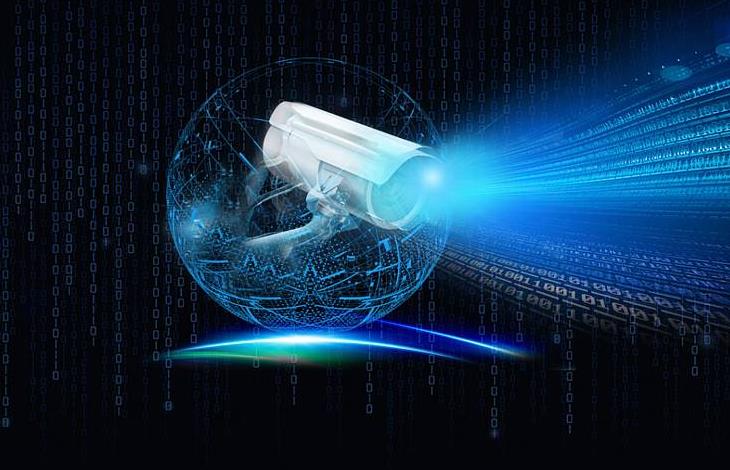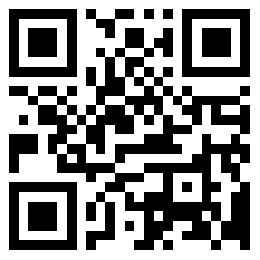Wuxi Dehang Technology tells you the composition and function of remote monitoring
Literally, remote monitoring can be divided into two parts: "monitoring" and "control". "monitoring" mainly refers to obtaining information through the network, while "control" refers to the method of operating the remote computer through the network, such as restarting and shutting down the remote computer, and also includes the daily setting of the remote computer.

Composition and function:
The system is generally composed of front-end equipment, image processing and transmission equipment, and network client.
Front end equipment is provided by video camera , PTZ, decoder, protective cover, bracket, alarm detector, pickup, etc., responsible for the collection of video signals, audio signals and alarm signals;
The image processing and transmission equipment in the system is network video The server It is responsible for transmitting audio, video signals and alarm signals to the remote client through the LAN or WAN, and receiving the PTZ control signal and audio intercom signal sent by the client;
The network client refers to the user terminal that needs remote network monitoring. It consists of a computer (ordinary office computer or laptop) and client software. The client is mainly responsible for image display, video recording, playback, pan tilt control and other functions. When the client performs remote monitoring, it needs to enter the user name and password for authentication. After authentication, remote monitoring can be realized.
Wuxi Dehang Technology Co., Ltd., founded in 2010, is a computer network system integration and weak current engineering service company in z industry.
For many years, the company has been committed to information system integration, Internet/Intranet software development, building a technical service network covering the whole country, and providing a complete set of solutions for large, medium and small users such as early planning, scheme design, application development, system installation, debugging and personnel training of information systems and weak current systems. So far, it has provided hundreds of large and medium-sized computer network systems and weak current engineering solutions in the fields of finance, insurance, securities, power, banking, civil aviation, railway, water conservancy, petrochemical, national defense, customs, telecommunications, scientific research institutions, etc.
![]()






